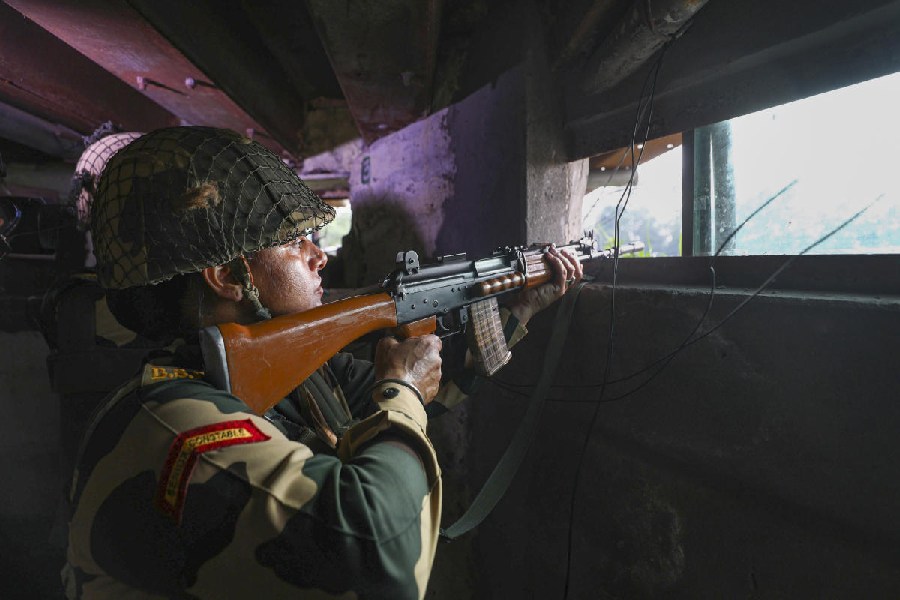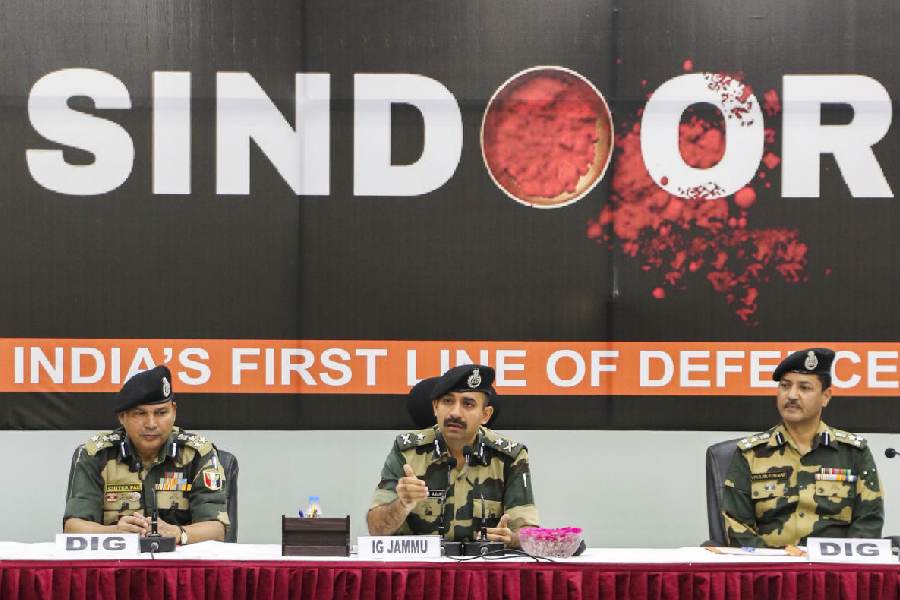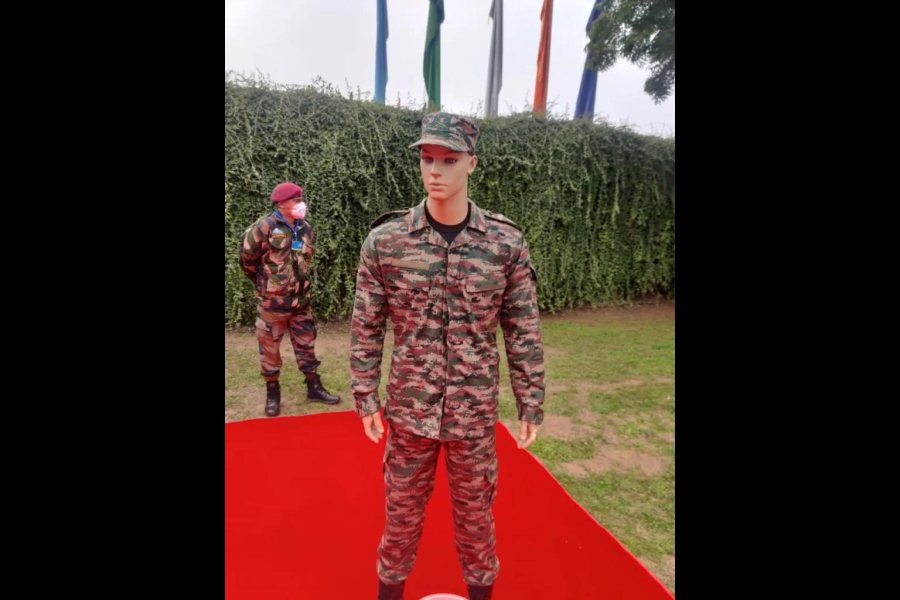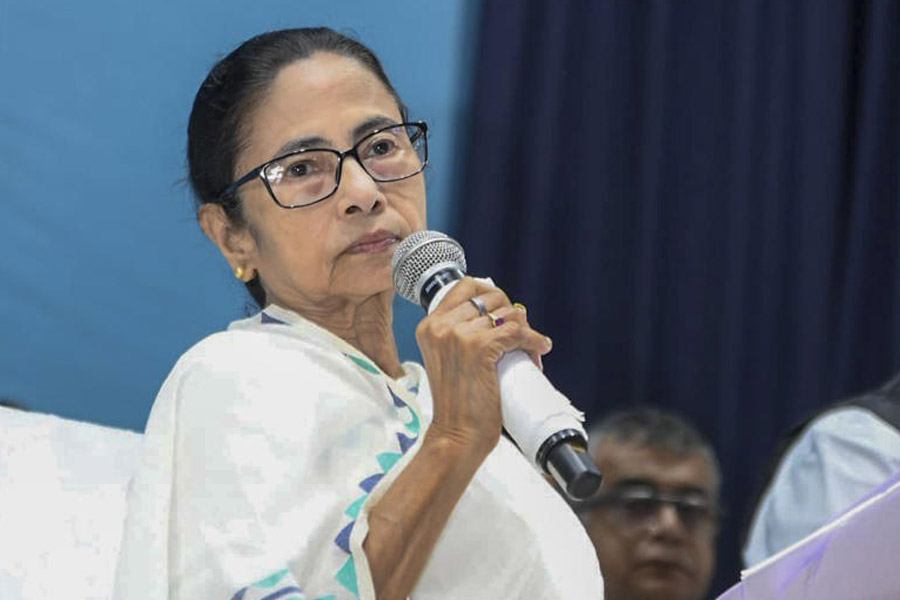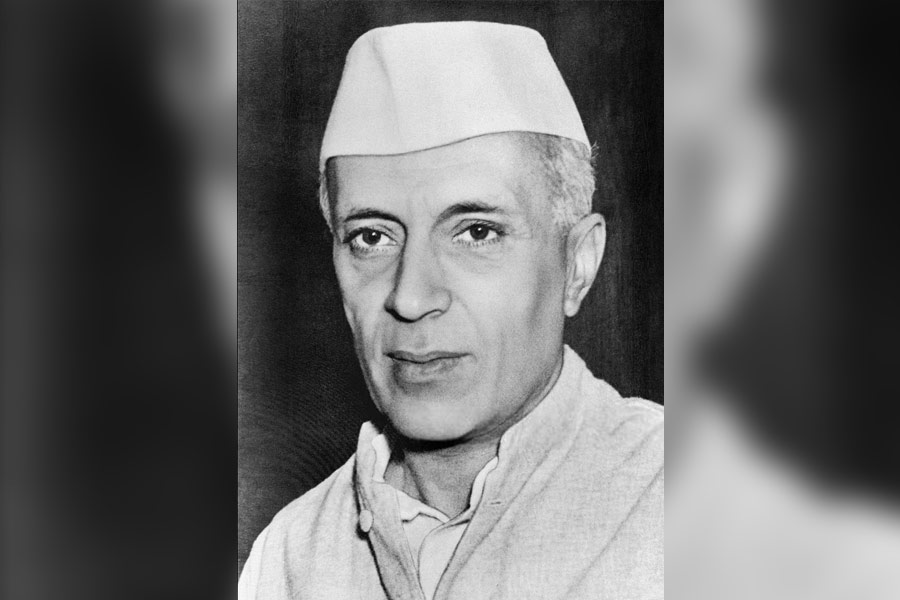|
|
| New road |
Overland trade with China has been resumed through the Nathu-la. What it will mean for the Indian economy is uncertain and even conjectures are pointless in these early days. For somebody on the wrong side of sixty, it is more a time for memories, and for asking the question whether this will lead to a return to the days before 1962. But the memories first.
This contributor was the youngest member of a party of newsmen who were taken to Sikkim and Nathu-la by the Indian army in 1965. The border skirmish was already fading from public memory, but not in Nathu-la, Sikkim or Siliguri, which were all teeming with military personnel. The visiting newsmen had been assured that if the weather stayed clear, they could have a look at the Chinese on the other side. The weather did not respond and all one could see were clouds and more clouds. It was shortly after 10 in the morning but it was already dark ? an ideal setting for stories to circulate about the sinister designs of the dushman across the border.
Actually Sikkim then was a place for rumours. Not just about the Chinese. The then Chogyal, the last spiritual-cum-temporal ruler, and his American wife, Hope Cooke, were objects of suspicion, believed to be working in the interests of Washington. The suspicions deepened when American army officers were found staying with the royal couple as their guests and motoring up to the border areas for visits; it was not known whether the Indian political officer in Gangtok had raised any objections. Probably he didn?t for post 1962, India was trying to be friends with America.
Elsewhere Hope Cooke, in particular, remained a deeply suspicious figure. In Kalimpong, the Kazini of Chakung never tired of telling all kinds of stories about her. The Belgian woman had reasons for doing so ? her husband and his Sikkim National Controls were fighting the Chogyal for democratic rights. He became Sikkim?s first chief minister after the former Indian protectorate became an Indian state.
So in 1965, and the years to follow, the mountain air remained heavy with rumours. Newsmen were the beneficiaries in that part of the world. They could always visit Kalimpong, have a beer at Gompus or the Himalayan Hotel and pick up wild stories about what was happening in Tibet, the sources always being the traders who could no longer send out and bring back merchandise on mule back. Tibet, and thereby, China-watchers had a field day and they did get published in some newspapers. The stories about American designs, however, remained confined within the sitting room of the Kazini. For some reason, the press did not show much interest in them. In hindsight, perhaps that was all for the good as readers had less of fiction being dished out to them.
Nathu-la. The name conjures up visions of Francis Younghusband marching to Lhasa in 1904 at the orders of Lord Curzon. The viceroy did not fear the Tibetans but he was wary of Russian designs. Whether in Afghanistan or in Tibet, thoughts of the Russian bear always kept the British lion on its toes. In that, they might have been silly but the names of both Curzon and Younghusband should be remembered with respect by a different breed of people. These two were among the first to get authorities in London interested in an Everest expedition. They did not succeed then but the recommendations did come good later.
It was not just traders who walked through Nathu-la. Rahul Sankrittyayan had, on a couple of occasions, accompanied them to visit Lhasa to study and copy Buddhist manuscripts. The fruits of his efforts enriched museums in Patna and in Sri Lanka. The other day, a newspaper carried a dispatch in which considerable surprise was expressed at the fact that Indian traders had their establishments in Yatung. Sankrityayan wrote about their presence in Lhasa itself where they lived in fairly good style. The re-opening of Nathu-la after 44 years may not lead to that kind of presence, at least not right now, but there is no harm in imagining that one day the Tibetan capital will have establishments with signboards reading, ?Gupta Traders? or ?Tandoori Home?.Will Calcutta also have the same experience? Will traders, not just from Lhasa but also from China proper, come here? Before 1962, the city had a number of Chinese laundries. Will those be back? Chinese restaurants are now to be found all over the place but authentic Chinese food is not easy to find. In the Fifties and early Sixties, there were places where genuine Peking (not Beijing) duck used to be served.
The more important point is whether the normalization of relations will help change the status of the Chinese who have been living for generations in this country. After 1962, they had overnight become objects of suspicion and though that may not be the case today, officially, they are still not on a par with other communities. Little wonder then that many have left India and others are keen to follow suit for these industrious people see no opportunities for them here. A pity for, in many ways, they did our cities proud. From personal experience, one can say only good things for the dentist in Patna. Asked whether the plucking out of three teeth would mean much pain, he had just beamed and said, ?No pain, only pain sixty rupees?. He had also said that he welcomed politicians to his chamber for ?only here they cannot talk, I keep their mouths open?.
Yes they never got assimilated with the locals but the fault lay as much with the Bengalis as with them. The Chinese were always considered ?creatures of a mysterious world?, dominated by dark dens offering games of mah jong, opium and snake bites. If today?s generation has a changed mindset, then it is certainly time to take a new look at the Chinese for increased commerce may well bring more of them back to Calcutta and elsewhere.
The resumption of trade through Nathu-la has brought smiles back in Siliguri. A one-horse town before 1962, Siliguri owes its present prosperity to the events of that year which saw a large army presence. To meet the various needs of the army, trade grew. Trading in a border town also meant smuggling. All this taken together meant the in-flow of money. Now the latest development has led to traders looking for godown space. And if Siliguri becomes an even more booming town, a spill-off effect is surely to be felt in the Dooars and other places in North Bengal.
But what about Kalimpong? This Himalayan town also has a right to dream of a return of the good days and that can happen only if Jelep-la is opened. Buddhadeb Bhattacharjee and Subash Ghising would do well to jointly put pressure on New Delhi for this. Trading means increased economic activity in many spheres and why should Gangtok alone benefit? For far too long has Kalimpong been neglected, even though the town?s location does not merit such neglect.
Overall, it one should see the return of happy days again. Except for a slight doubt. Will the merchandise from China be restricted to silk, yak hair and yak tail or will Chinese lamps, toys, pens and such other things flood the Indian markets today? Given our craze for foreign items, this will put local manufacturers at a disadvantage, unless they decide to stamp ?made in China? tags on their own products.
But that is for the future. Right now, one can only welcome the re-opening of the Nathu-la and hope the impact has a wider effect on Sino-Indian relations. The ?Look East? policy demands this.



